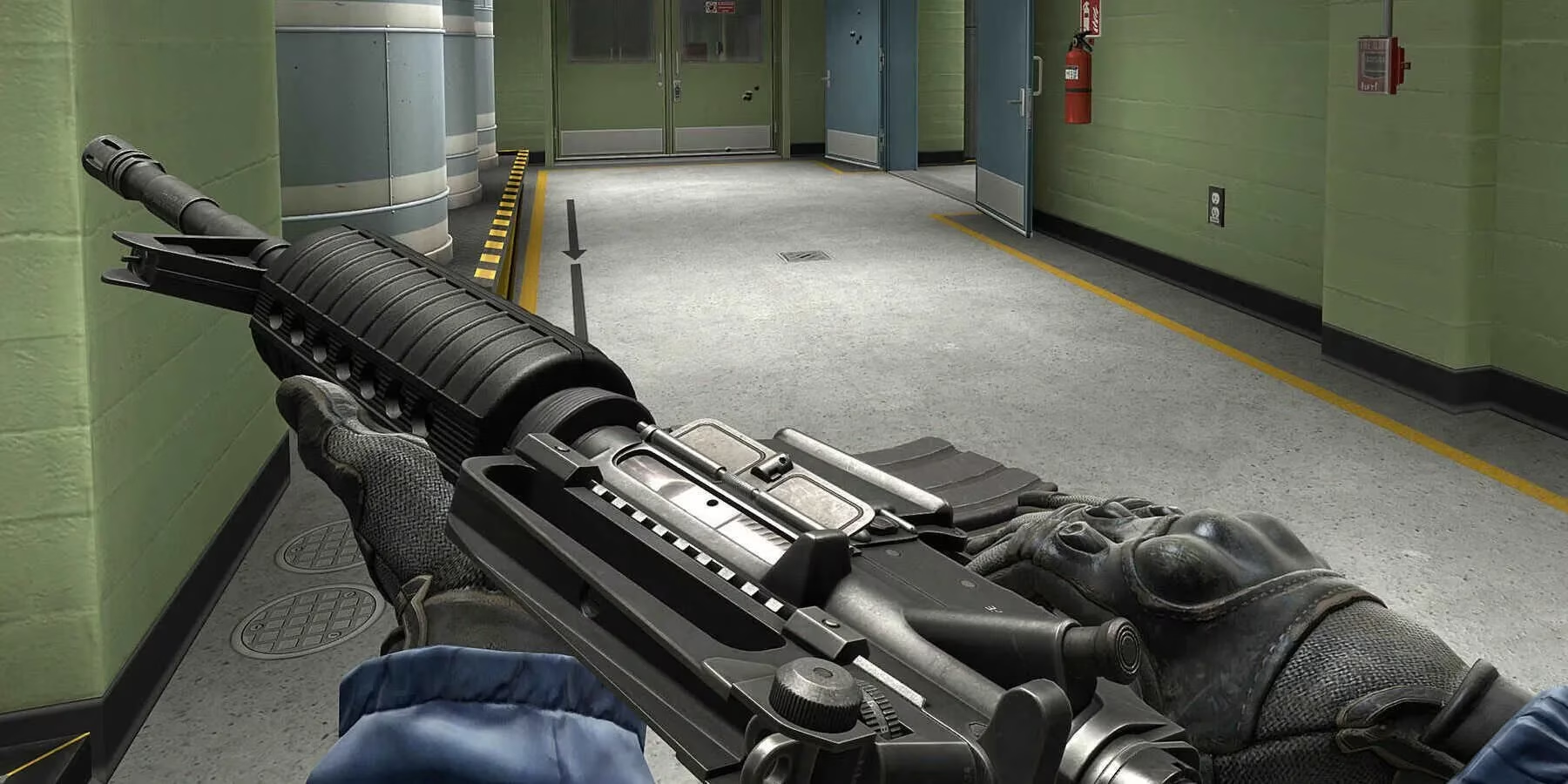Counter-Strike 2's innovative weapon loadout system and dynamic skin designs revolutionize competitive FPS gameplay, blending nostalgia with cutting-edge strategy.
As of 2025, Counter-Strike 2 has evolved into a defining force in the competitive FPS scene since its Summer 2023 launch, reshaping core mechanics that once defined the series. Valve's bold overhaul, particularly in weapon loadouts and skin systems, has not only modernized gameplay but also stirred a whirlwind of emotions among the community. Personally, stepping into the game for the first time felt like rediscovering an old friend with a futuristic twist—the nostalgia of CS:GO blending with fresh strategies. The shift from the familiar weapon wheel to a sleek, custom grid was jarring at first; many players, myself included, grumbled about losing instant access to every gun. Yet, as we adapted, the new system revealed layers of tactical depth that mirrored Valorant's influence, fostering intense, high-stakes matches where every choice mattered. 
The weapon selection overhaul stands as CS2's most game-changing feature. Gone is the cluttered wheel, replaced by a dynamic grid that categorizes arms into three distinct tiers: pistols, mid-tier options like submachine guns and shotguns, and rifles or carbines. This structure forces players to curate a personalized arsenal of just 15 weapons per match, a stark contrast to the previous free-for-all approach. From a player's perspective, this limitation sparked heated debates—initially, I resented leaving beloved guns like the R8 revolver in the armory, but over time, it amplified the thrill of in-game decision-making. Valve's foresight paid off; by reducing menu overload, they've seamlessly introduced new weapons over the past two years, such as the sleek Apex Carbine in 2024, without overwhelming the interface. 😊 The grid's visual elegance and intuitive drag-and-drop customization now feel second nature, turning what was once a chore into a strategic pre-match ritual.
Beyond loadouts, CS2's skin system has undergone a subtle yet revolutionary transformation. Skins now boast geometric variations between models, meaning no two M4A1s look identical—suppressors, sights, and grips shift dynamically based on the skin, as showcased in Valve's early demos. Personally, collecting these skins became an addictive hobby; I remember unboxing a rare variant with a unique suppressor that felt like wielding art in battle. This innovation, combined with Valve's stricter gambling policies, has cultivated a fairer economy. Steam's crackdown on commercial skin gambling since 2023 has reduced scams dramatically, making trades more transparent and rewarding for dedicated collectors. In 2025, the market thrives with integrity, a testament to how these changes have matured. 🔥
Reflecting on the broader impact, CS2's journey from beta to 2025 has been a rollercoaster. The initial skepticism over weapon limits faded as players embraced the strategic nuances, while skin updates kept the meta fresh. Valve's commitment to balancing nostalgia with innovation has addressed CS:GO's legacy issues, ensuring CS2 remains a pillar in esports.
FAQ
- Q: How does the new weapon grid work in Counter-Strike 2?
A: Players select 15 weapons total—5 pistols (including faction starters), 5 mid-tier (e.g., SMGs, shotguns), and 5 rifles/carbines. Custom slots allow flexibility, but choices are locked per match. 💡
- Q: What are the geometric differences in skins?
A: Skins feature varying components like suppressors and sights on the same weapon model, adding visual diversity without altering stats.
- Q: How has Valve's gambling policy affected CS2?
A: Stricter rules banned commercial gambling, leading to a safer, fairer skin economy with reduced fraud.
- Q: Can players still access all weapons?
A: No, the 15-weapon limit means only selected arms are available mid-match, encouraging strategic planning.
Comments